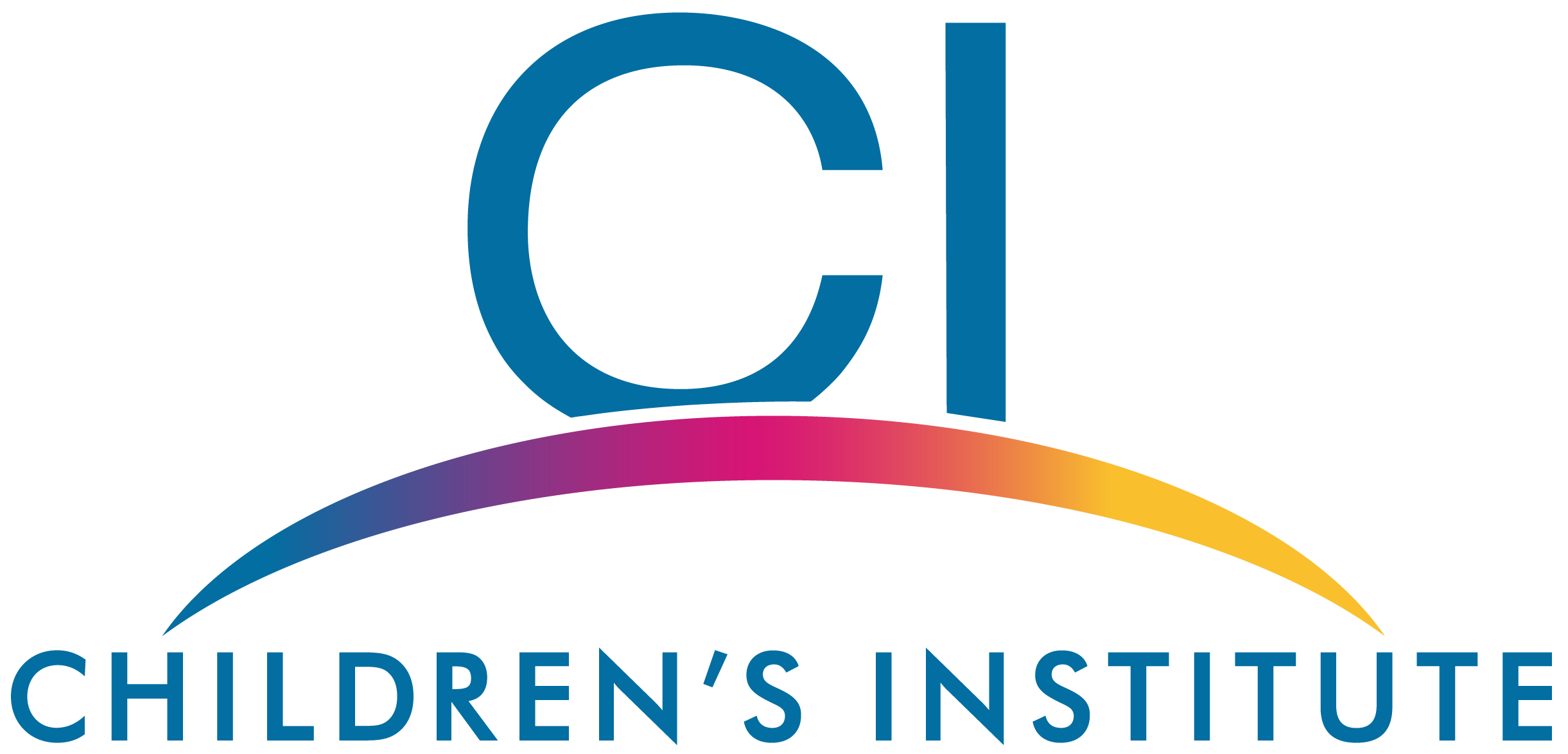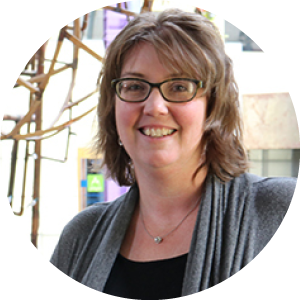DID YOU KNOW? ECERS-3

Children’s Institute works with over 200 early childhood classrooms in the Rochester City School District through our RECAP program. One aspect of RECAP is training and classroom program observations for three- and four-year-old students in EPK and UPK classrooms using the Early Childhood Environment Rating Scale, Third Edition (ECERS-3) to measure program quality.
ECERS-3 is a comprehensive tool outlining requirements for best practices in early childhood classrooms.
As a method of sharing these high quality practices, “DID YOU KNOW? ECERS-3” bulletins are emailed to all participating teachers, principals, directors, and interested support staff as small “bites” of professional development on a weekly basis, and have been for the last three years.
In the 2019-2020 school year, Children’s Institute sent out 33 “DID YOU KNOW? ECERS-3” emails between September 3rd and June 2nd, which have been well received. One teacher noted, “I print these out each week and review them with the teacher aides. Thank you.”
The following is just one example of a “DID YOU KNOW? ECERS-3” that was sent out last fall regarding hand hygiene and proper handwashing procedure. Proper handwashing technique is often reinforced in early childhood settings due to the easy transmission of germs by children. Now, more than ever, the world at large is focusing on proper handwashing. When this “DID YOU KNOW? ECERS-3” bulletin was sent out in the fall one director responded, “This couldn’t have come at a better time. Thank you.”
DID YOU KNOW?
HAND HYGIENE (ECERS-3 manual definition on pgs. 10-11)
In the ECERS-3 manual HANDWASHING is scored in 3 items:
#8. Meals/snacks (pg. 29) Before and after meals
#9. Toileting/diapering (pg. 31) After toileting
#10. Health Practices (pg. 33)
- Upon arrival into the classroom and re-entering after being outside
- Before and after water play (if water is shared) or after messy play
- After dealing with bodily fluids
- After touching contaminated objects & surfaces (i.e.: trash cans or the floor)
Proper handwashing procedure:
- Moisten hands with water and use liquid soap
- Rub hands together away from the flow of water for 20 seconds
- Rinse hands free of soap under running water
- Dry hands with a clean, disposable paper towel or air dryer with a blower
- Turn off faucet using paper towel
- Throw used paper towel into a hands-free trash can
Note: Italicized sections are often overlooked areas that result in lower quality.
Hand sanitizer can be used in place of handwashing unless hands are visibly dirty or soiled (for children over 2 years old).
Ask yourself:
- Am I sure that my students rub their hands together outside of the water for 20 seconds? What is my strategy? (i.e.: Singing “Row Your Boat” twice)
- Have I taught the children to turn off the faucet with a paper towel?
- Can they throw out their paper towel without touching the trash can or its lid?

